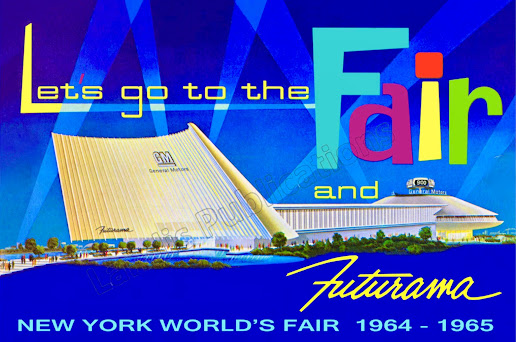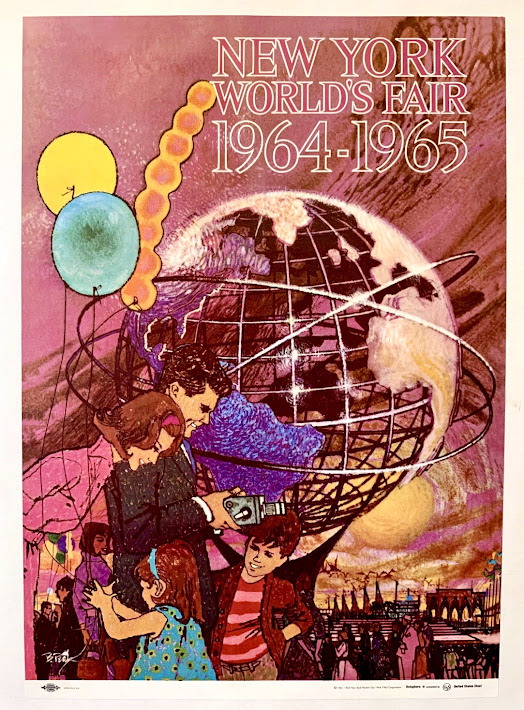Today would have been the 104th birthday of legendary fantasy writer, Ray Bradbury, with whom I was fortunate to have a 38-year friendship from 1974 until his too-early death in 2012. Whenever I visited Ray at his home in Los Angeles, I always made a point of pausing in front of this oil painting hanging on his sitting-room wall.
Entitled ‘The Carnival’, was painted in 1952 by Joseph ‘Joe' Mugnaini (1912-1992). Long before Ray was sufficiently established in his career to purchase the original canvas, he had spotted a lithograph of the picture in the window of a Beverly Hills gallery.
‘The Carnival’ presents an enigmatic vision of a crowded, flag-and-banner-bedecked train which is either coming out of nowhere (bound for a destination equally unknown) or is, otherwise, reversing towards the abrupt and perilous end of both railroad-track and viaduct. For Ray, it seemed to chime with some of the bizarre and fantastical themes that he had explored in his 1947 debut collection of short stories, Dark Carnival.
The
result was the first of many meetings between two men with minds wide open to
the eloquent and extravagant possibilities of an unfettered imagination. For
Joe, it was the beginning of his collaboration with Ray: illustrating,
decorating or providing evocative jacket-art for a succession of books
beginning, in 1953, with The Golden Apples of the Sun and including such story
collections as The October Country, A Medicine for Melancholy, The Machineries of Joy and the novels, The Martian Chronicles, Fahrenheit 451 and The Halloween Tree.
Joe's carnival train also, unquestionably, contributed to the shaping of Ray's book Something Wicked This Way Comes in which Cooger and Dark’s Pandemonium Shadow Show, with its entourage of monsters and misfits, arrives by locomotive, under the cover of night, in a sleepy American town to disrupt the fates and fortunes of the local residents and, in particular, the destinies of two young boys.
I'm sharing this haunting image today with grateful, affectionate memories of my many encounters and long years of correspondence with Uncle Ray and with respect and admiration for his creative collaboration with the talented Mr. Mugnaini.






















